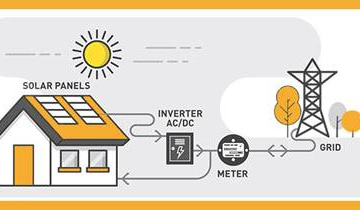PyTorch is an open-source and free machine learning library. It is develop by Facebook’s AI Research lab. It is released in January 2016. PyTorch is use for computer vision language processing applications. It is similar to NumPy but with powerful GPU (Graphics processing unit) support. PyTorch is released under the modified BSD (Berkeley Software Distribution) license. it is flexible, faster and easy to get the project up and running, due to which PyTorch is one of the top Python Library tools.

- PyTorch
- torchaudio
- torchtext
- torchvision
- TorchServe
- TorchElastic
- PyTorch on XLA Devices
Torch audio
Torchaudio is a library for audio and signal processing with PyTorch. It provides input & Output signal and input & Output data processing functions, datasets, model implementations and application components is knows torchaudio.
Torch text
Torchtext library is part of the PyTorch Library Functions in Python. The PyTorch is an open source machine learning framework is knows as torchtext. The package consists of data processing utilities and popular datasets for regular language.
Torch Vision
Touchvision library is part of the PyTorch Library Functions in Python. The PyTorch is an open source machine learning framework is knows as tochvision. The package consists of popular datasets and model architectures and common image transformations for computer vision.
Torch Elastic
Tochelastic library is part of the PyTorch Library Functions in Python. The PyTorch is an open source famework is knows as tochelestic. TorchElastic has been upstreamed to PyTorch 1.9. TorchX is a universal launcher for PyTorch applications. TorchX is design to have fast iteration time for training and research and support for E2E production ML (Machine learning) pipeline.
Torch Serve
TorchServe is a performant, flexible and easy to use tool for serving PyTorch is knows as TorchServe.
PyTorch on XLA Devices
PyTorch runs on XLA devices with pyTorch_xla package. The document describes how to run your models on these devices ia knows as XLA Devies.
Creating an XLA Tensor
XLA adds a new xla This device type to PyTorch. This device type works just like another PyTorch device.
Example
import torch import torch_xla import torch_xla.core.xla_model as xm what = torch.randn(4, 4, device=xm.xla_device()) print(what.device) print(what)
If you have any queries regarding this article or if I have missed something on this topic, please feel free to add in the comment down below for the audience. See you guys in another article.
To know more about PyTorch Library Function please Wikipedia Click here.
Stay Connected Stay Safe, Thank you.



0 Comments